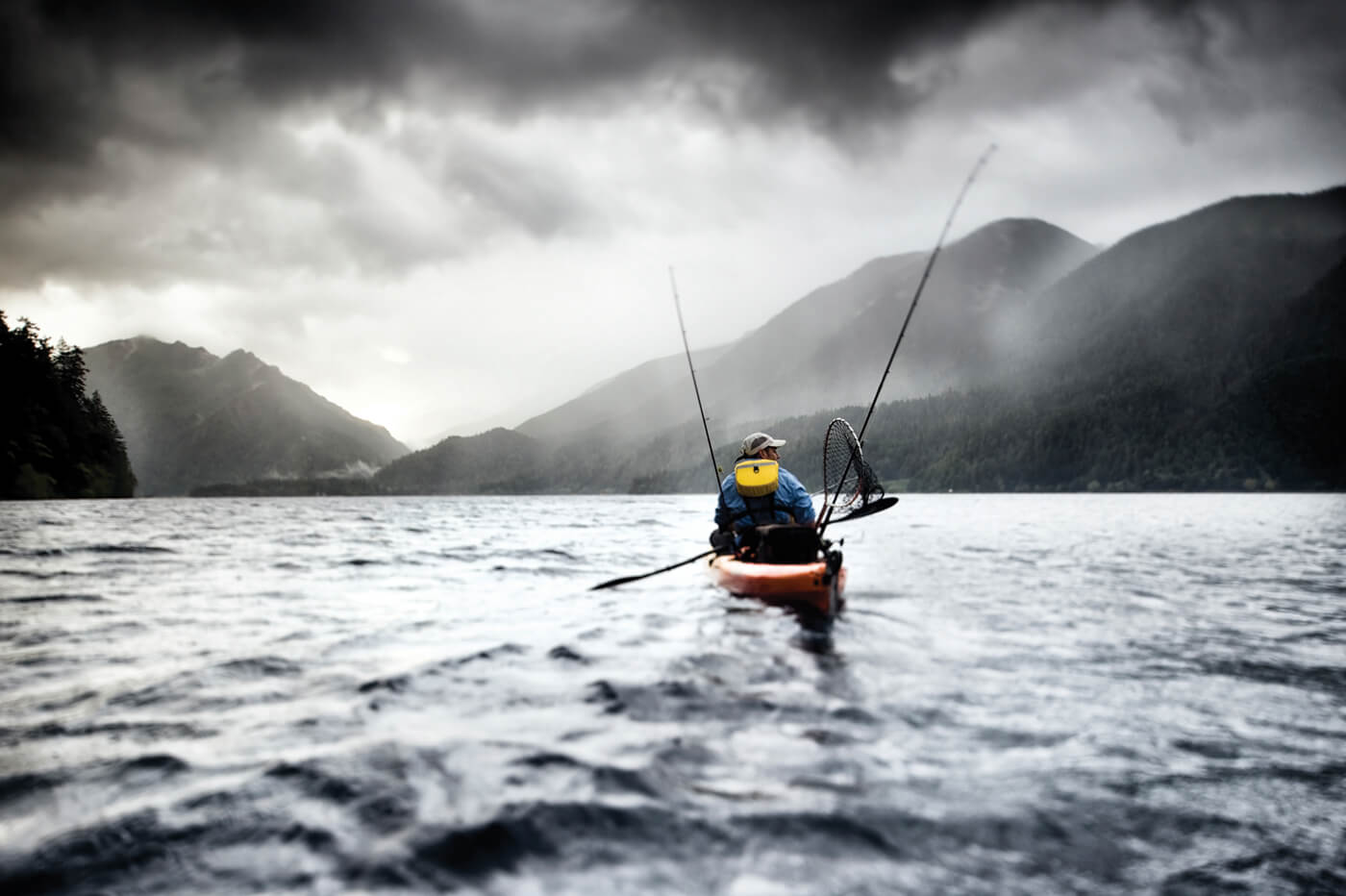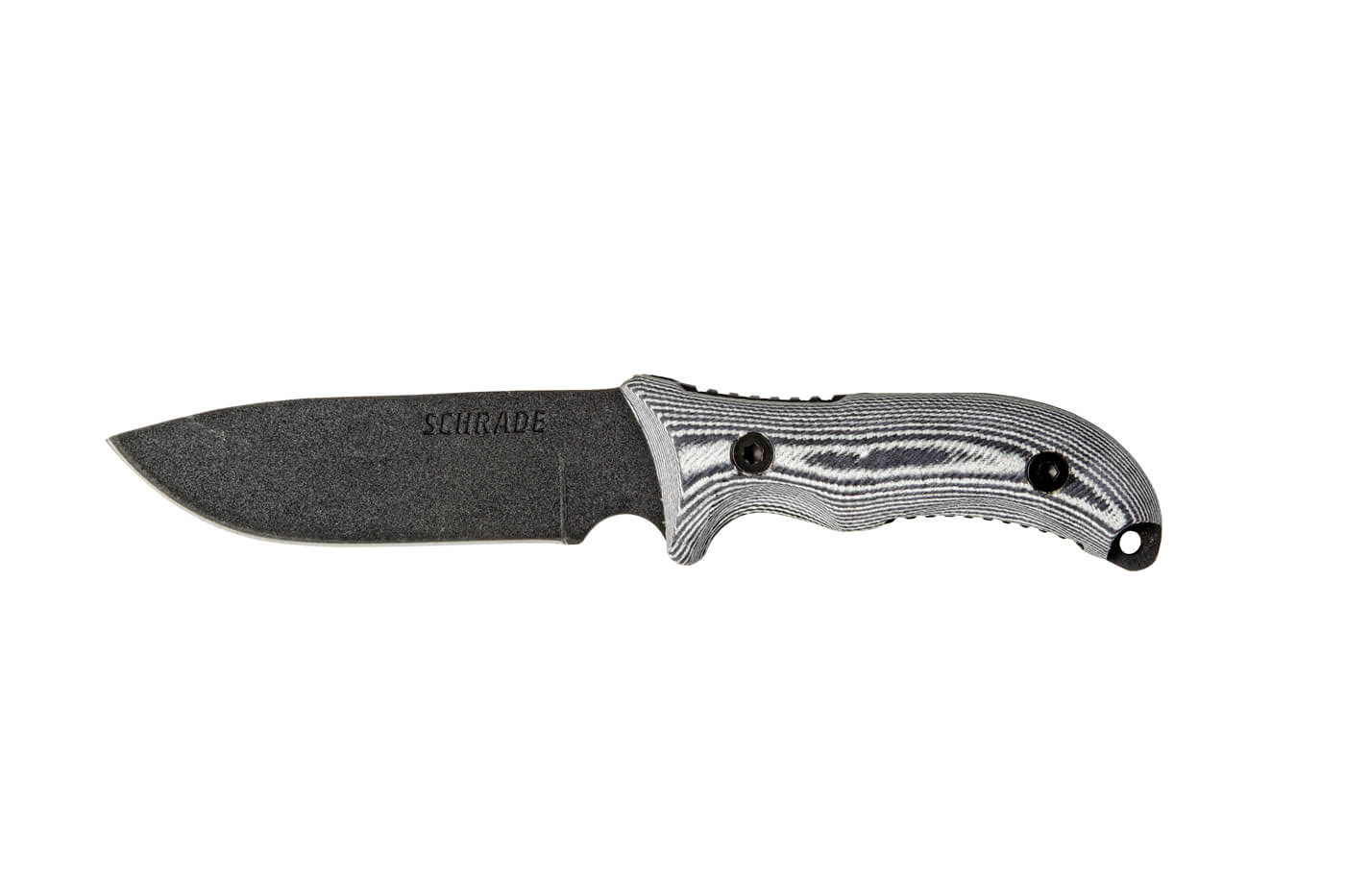Rolling Stock: Everything You Need to Know about Wheels and Tires
Selecting the correct wheel and tire combination for your specific needs is one of the most important things you can do when setting up your ride.
While big lifts, rugged bumpers, and auxiliary lighting are important upgrades, wheels and tires are quite literally your first connection with the road. If you pick the wrong setup, you’ll deal with unnecessary road noise, get stuck more often, or even cause damage to your rig. But one thing’s for certain: the vehicle won’t handle, on or off road, as well as it would with the right set of shoes. Screw it up badly enough and it’ll be downright dangerous to drive. Do it right, though, and you’ll set yourself apart from all the other 4x4s out there, enabling your vehicle to conquer whatever it encounters.
Tires
Two things need to be taken into consideration when choosing tires: the terrain they will see, and the kind of load they will carry. Because these two variables affect each other, there will never be a perfect option. It’s a give and take situation, so you’ll need to think hard about what you’re willing to give up in the interest of comfort, capability, and safety.
Weight Ratings vs. Ride Quality
Among other things, tires are designed to haul weight while offering a smooth ride. They accomplish this using different combinations of rubber, steel and most commonly, nylon. The more weight a tire needs to support, the more plies (or layers) of steel, rubber and nylon are used. This means that the more weight a tire can carry, the stiffer the ride will be, especially when there’s substantially less weight in the vehicle than the tire was designed to support (think of a pick-up truck with an empty bed).

The wide spaces between lugs allow debris a path of escape between the tire and surface of the road.
The best practice here is to choose a tire that exactly matches (or is slightly higher than) the vehicles GVWR (Gross Vehicle Weight Rating). This way you’ll have the best ride possible while never having to worry about overloading the tires. That said, if the vehicle is a purpose-built trail rig, you could be able to get away with a tire rated less than the GVWR—just make sure you get the vehicle weighed so you know your limit.
All Terrain/Highway Terrain/Mud Terrain
In a perfect world, the more rubber that meets the road/trail, the more traction you’ll have. On the street, this is easier to explain. Drag racers use large tires with zero tread on them known as “slicks.” This lack of tread maximizes the amount of rubber that comes in contact with the road (called the “contact patch”). While that makes for great traction on a clean, dry and flat concrete surface, the second rain or debris hits the road, all bets are off—the tire will lose traction. To combat this, grooves are added to the tread to give the water or debris a path to escape and allow the tire to make better contact with the road.
Highway Terrain (H/T) tires use a minimal number of grooves and perform great on asphalt/concrete, but they won’t perform as well in the dirt as other tires better designed for the terrain. Mud tires (M/T’s) are on the opposite end of the spectrum. They are designed to dig and grab the terrain. They have a much smaller contact patch than H/T tires due to their massive lugs (large protrusions on the surface of the tire). Because of this reduced contact patch, M/Ts don’t perform as well on the highway as H/T’s do. All Terrain tires (A/T’s) are the happy medium between the two designs. Most people will be much better off with a set of A/T’s than M/T’s. These tires offer a decent contact patch for the street, but will also have enough voids between the lugs to perform well in the dirt. A/T tires generally don’t do well in thick mud, however. Thus, if you’re going to see a ton of thick, sticky mud, go with an M/T tire. When choosing a tire, keep in mind that the more aggressive the tread is, the more it’ll dig into soft terrain; if it digs too much, you’ll get stuck. So it’s always best to use the least aggressive set of tires you can for the situation.
Wheels
Selecting the right set of wheels is a bit different than choosing the right set of tires. Once you decide what you want to do with your ride, the rest is all personal preference. Again, as it was with tires, you’ll need to think about what performance aspects matter most to you (comfort, handling, off-road capability or appearance).
Size Matters
While big wheels offer tons of “bling,” bigger is not always better. Tires deflect or compress when they hit an object like a rock or a speed bump, softening the ride. Given the same overall wheel-plus-tire diameter, the taller wheels will offer the stiffer ride. This is because they’re necessarily paired with less tire height (sidewall) to compress and soak up the bumps than the small wheels are. That being said, large wheels will generally handle better than small ones on the road, as that same shorter sidewall deflects less sideways, too.

Most vehicles come out of the factory using Metric measurements. However, aftermarket tires generally use Standard, such as 35×12.50r20, which means 35 inches tall, 12.50 inches wide with a 20-inch rim.
A 15-inch wheel with a 35-inch tire has 10-inches of tire around it. Ten inches of rubber to compress, soaking up the rough stuff – but also 10-inches to deflect sideways during hard turns, causing lateral instability for the vehicle. Go the other way with a 24-inch wheel, and you’ll have 5.5-inches of rubber on which to ride. The rubber will deflect over the rough stuff less, making for a stiffer ride, but during high-speed cornering that reduced deflection will help keep the vehicle steady.
Contact Patch
Another thing that must be considered when picking the diameter of your wheels is the effective tire contact patch. Air tires down (deflate them to around 15-20 psi depending on the situation) in the dirt to make for a larger contact patch for better traction, and the smaller wheels (with more tire, as in our above example) will offer a larger contact patch compared to big wheels with rubber band-like tires.

The wheel package on this Jeep is suited for rock crawling as the smaller wheel and larger tire allow the tire to flex and better grip the terrain.

A mud terrain tire has larger lugs which allow larger passageways for the mud to escape between the surface of the road and the tire.
In the end, big wheels and rubber band tires look good, but are better suited for the street than the trail. Think hard about where your rig will spend most of its time and purchase accordingly.
Editor’s Note: A version of this article first appeared in the Spring 2016 print issue of Tread Magazine.



